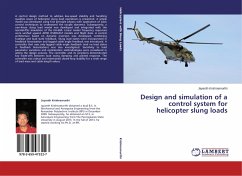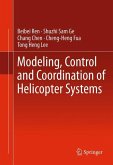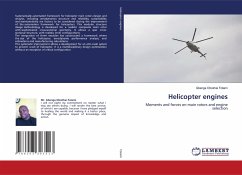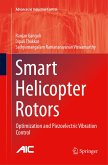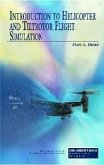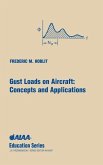A control design method to address low-speed stability and handling qualities issues of helicopter slung load operations is presented. A simple model was developed using first principle physics with application of basic control techniques to understand the couple dynamics. Subsequently, a non-linear slung load model was developed and integrated with the GenHel-PSU simulation of the UH-60A. Linear model frequency responses were verified against AFDD OVERCAST models and flight data. A control architecture based on dynamic inversion was developed, combining fuselage and load state feedback. Slung load states were incorporated in feedback linearization and lagged cable angle feedback was introduced. A controller that uses only lagged cable angle feedback (and no load states in feedback linearization) was also investigated. Sensitivity to load parameter variations and optimization methodologies were considered in aiding the design process. The controller and its variations demonstrated key trade-offs between load swing damping and piloted response. The controller was robust and maintained closed-loop stability for a wide range of load mass and cable length values.

